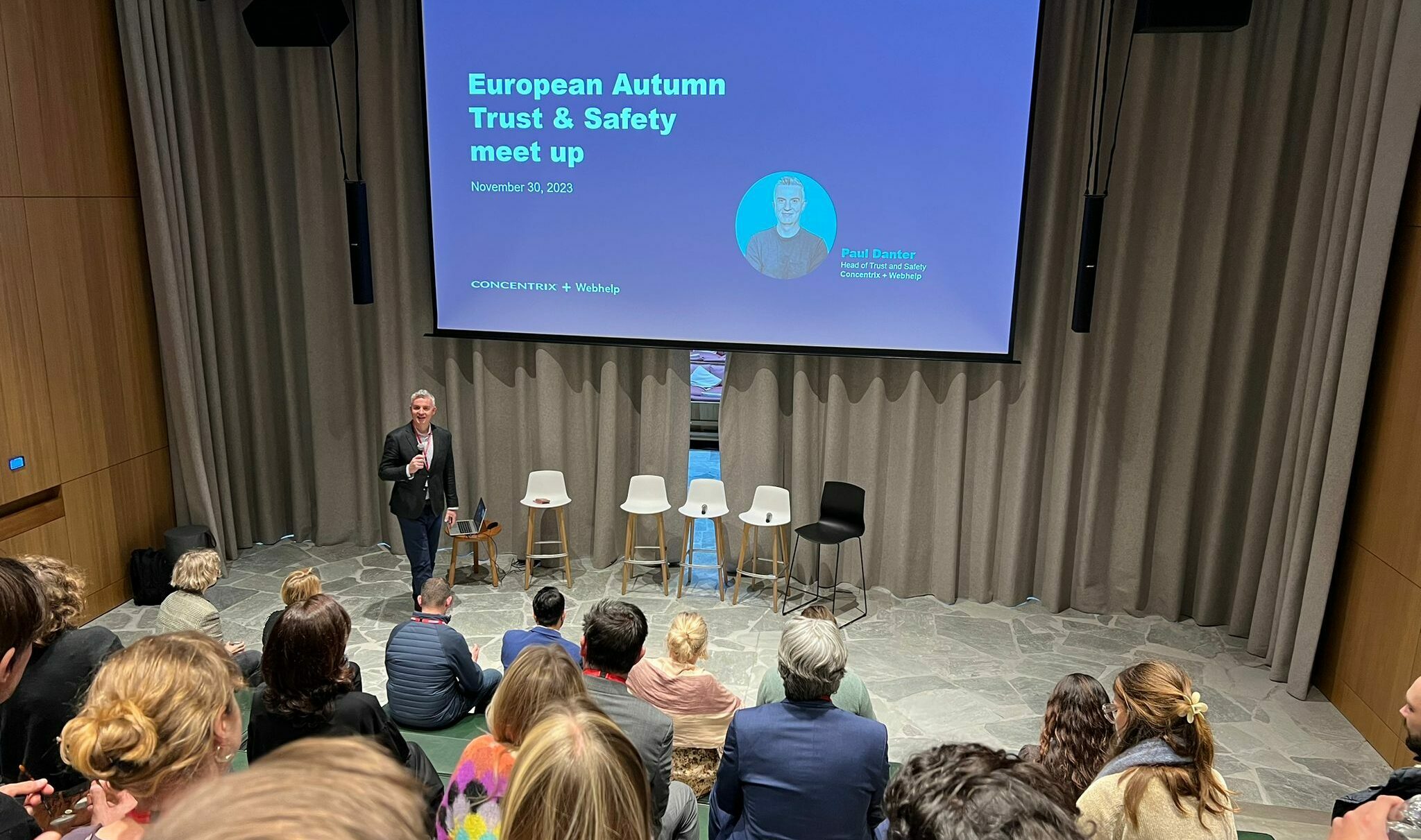How resilient is your CX operation? In this blog, Andrew Quake, Chief Growth Officer, Webhelp APAC, explains why a smart operational footprint is key to building resilience.
When Webhelp recently undertook research in partnership with Frost & Sullivan and talked to customer experience (CX) leaders across the world, we found that over 90% believe WFH and hybrid working will form a permanent and ongoing part of their customer service operations in future.
When you combine this very definitive finding with the fact that an even more definitive 98% of CX leaders said they’re planning a CX transformation within the next two years, it’s clear the demand for smart operational models was around even before the pandemic.
One of the most important lessons of the pandemic was the need to be prepared, resilient, and ready for change. In the global context of record inflation, recessionary predictions, geopolitical uncertainty, and a global shortage of key skills, it’s obvious that brands have a lot on their plate. Today, for customer experience operations, the only constant is change.
The pandemic brought into sharp focus the fact that every business needs to be prepared in case they can’t open their stores or their employees can’t get to the office. Businesses need to have a plan in place to manage their cost base if and when external factors result in a sharp decline in revenue: a plan that actually works.
When the boxer Mike Tyson was asked by a reporter whether he was worried about rival fighter Evander Holyfield and his much-vaunted fight plan, he answered simply, with a quote that has since become iconic, “Everyone has a plan until they get punched in the mouth.”
How do you make sure your business plan will survive first contact with reality?
How to future-proof your CX
Building a customer service function that embraces a number of different geographic regions, and a combination of WFH and hybrid team members is the best thing you can do to build a flexible and resilient solution. By creating a distributed customer service solution, you can reduce the risk of a future natural disaster or lockdown closing important customer-facing processes.
This isn’t just a response to the pandemic. The global lockdown created a spotlight effect – it showed in great detail where some companies were just getting by, through an over-reliance on a stable operating environment that, as we all discovered, isn’t always going to be there.
Covid has created many opportunities for businesses that were ready to offer online options and new channels between the brand and customer. These companies were agile and able to adapt to a new business environment.
There were other companies that couldn’t avoid taking a huge hit to their revenue, such as travel companies. However, even in this now-rapidly-recovering sector, there were some smart leaders that realized these quiet months might be the right time to review where and how their customer service processes were designed for resilience.
How to review your business for resilience
These are some of the business processes that are well worth reviewing:
- Right-shoring and geographies
- WFH and flexible hybrid contracts
- The use of Gig CX to build flexibility into services that are highly seasonal
Perhaps the most important single change is the ability to hire from anywhere. Our team in Kuala Lumpur used to have a talent pipeline that was limited to the city, and to those who lived within commuting distance. Now, this has completely changed. We can now locate the talent that is required from anywhere.
What does next look like?
If that’s what ‘best’ looks like, how about ‘next’? There are four areas I’d like to focus on here.
Learning from adversity
Covid was the worst pandemic in a century and a catastrophe for millions of people. It also created an extremely difficult business environment for many companies that had no way to quickly adapt their operating model.
But innovation and change embrace challenging conditions. There is a reason why people in developing nations in South America and Africa embraced phone payments (simpler and easier where the banking infrastructure is more fragile) years before their counterparts in Europe and North America. When a business environment is challenging, new solutions rapidly emerge out of necessity.
It can be hard to know where to start though. The Webhelp Anywhere methodology defines a plan for customer experience (CX) design that goes far beyond just talking about nearshoring, offshoring, or work-from-home advisors (WFH).
It’s a step-by-step guide to quickly figuring out how to plan for a resilient customer service environment that can be applied globally across all industries. It codifies much of the change and digital transformation that was taking place before the pandemic, but it addresses the lessons of recent years.
Our recent paper explains the Webhelp Anywhere methodology and explores the Frost & Sullivan research in more detail. You can download a copy here.


![[Fashion] Choosing the right partners to grow your business in 2024, at a time when trust is fragile](https://media.webhelp.com/wp-content/uploads/2023/12/21090253/Office-Showcase-2.png)


